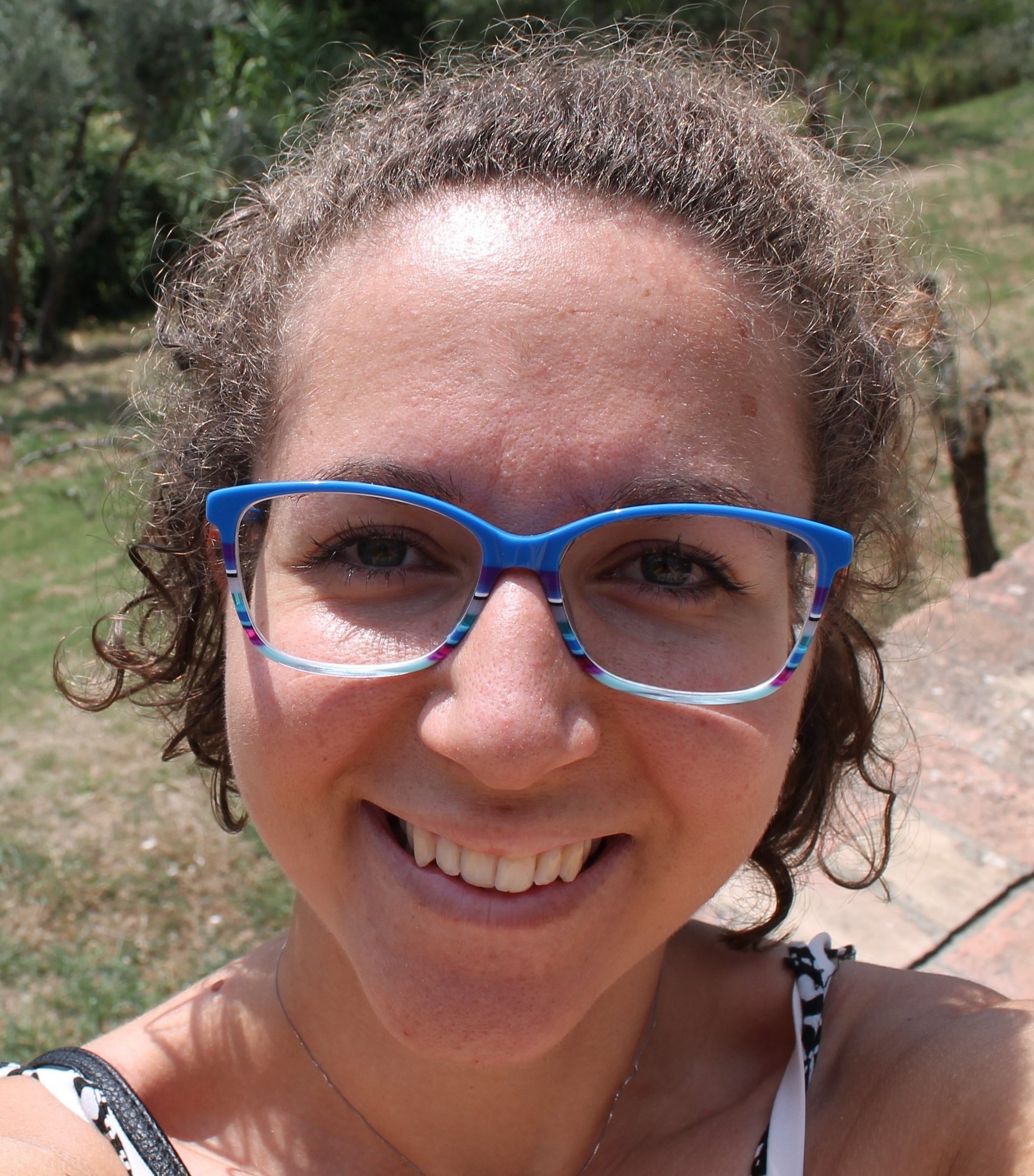 Ph. D. Student
Ph. D. Student
Ecosustainable Marine Biotechnology Department
Stazione Zoologica Anton Dohrn
Villa Comunale
80121 Napoli - Italia
Tel.: +39 0577 232170
E-mail: This email address is being protected from spambots. You need JavaScript enabled to view it.
Contatto Skype: This email address is being protected from spambots. You need JavaScript enabled to view it.
Internal Supervisor: Valerio Zupo
External Supervisors: Ilaria Corsi, Maria Cristina Gambi
Program: Dottorato in Scienze e tecnologie ambientali, geologiche e polari, Università di Siena, 36° ciclo
Research Interests
Ocean acidification (OA) refers to the worldwide decrease of average surface seawaters pH due to increasing anthropogenic carbon dioxide emissions since the industrial revolution. OA severely affects marine life due to the physiological stress triggered by low-pH/high-pCO2 environments. However, recent findings have been showing remarkable abilities of selected marine taxa to tolerate OA, which somehow evolved an adaptation to such unique stress conditions. OA is expected to intensify in the next decades, therefore investigating the bases of such adaptation and tolerance could be of extreme importance to predict future impact scenarios on marine communities. In this regard, my project aims to investigate cellular and molecular mechanisms of acid stress tolerance in marine species living in low-pH/high-pCO2 environments through comparison of expression of selected gene families potentially involved in this tolerance. The study areas are the naturally acidified system of Castello Aragonese vents (Ischia, Italy), largely studied for the examination OA effects. Selected species are Halomicronema metazoicum (Cyanobacteria), Amphiglena mediterranea, Syllis prolifera and Platynereis dumerilii (Polychaeta) and Caprella acanthifera (Amphipoda)). All these taxa have shown a high ecological relevance due to their key roles on marine trophic webs. They are tolerant to acidified environments and some of these have been previously identified as excellent models to investigate individual mechanisms for acclimation and adaptation to OA. They can be found abundantly at the Castello, both inside and outside the vents, therefore they provide control organisms to test low pH zones.










